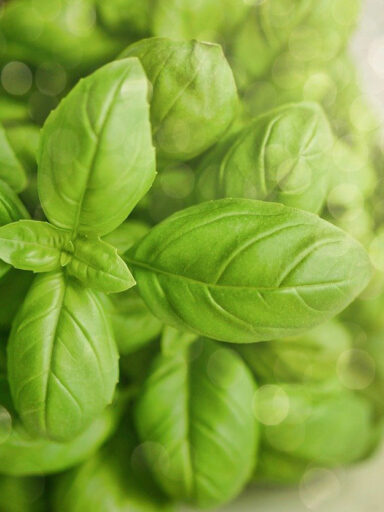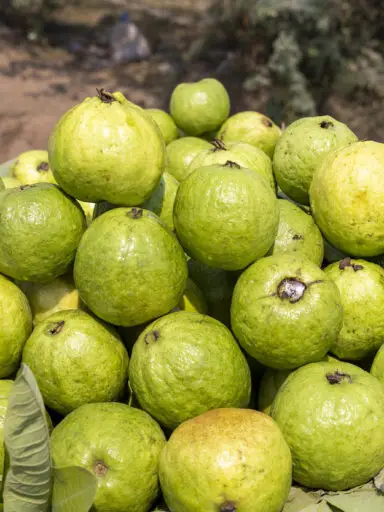Kohlrabi is a vegetable of the cabbage family. It goes by many other names but mainly German turnip, turnip cabbage, or knol-khol.
It is stout, round, and tuberous and in addition to cabbage shares the same family with other vegetables such as broccoli, cauliflower, collard greens, Brussels sprouts, kale, and arugula.
It is an annual crop that is native to Europe and grows well in cool temperate regions. It requires fertile well-drained soils and is ready to harvest in about 2 months.
It is cultivated for the turnip-like bulb that weighs about 150 grams as well as the savory flavored top leaves. The flavor is similar to broccoli or cabbage.
The plant can be stored in a cool dry place for a few days. It should be stored with the bulbs intact. You can get Kohlrabi from the stores when fresh.
The fresh plant should be firm with crisp glossy leaves and bulbs. Avoid plants that are wrinkled, limp, and soft to the feel. They should not have blemishes or mold growing on them.
Preparation of Kohlrabi for Food
The stems, as usual, should be washed thoroughly under running water to remove soil and dirt. Then it should also be swished in saltwater to further remove fungicide and pesticide residue. The stem ends should then be trimmed and the skin should be peeled using a paring knife.
The young tender and crisp plant can be eaten raw in a salad. It can be mixed with other cooked vegetable preparations in stew, soup, and sauce preparations. It can also be used mixed with meat, poultry, and fish dishes. It pairs well with the likes of potatoes, onions, garlic, and tomatoes.
The Kohlrabi can be cut into slices, cubes, julienne, shredded, or whichever method is appropriate for the said recipe.
Nutritional Benefits
Kohlrabi is a good source of antioxidants, vitamins, and minerals. It is a good source of dietary fiber and contains no cholesterol. It provides just 27 calories per 100 grams.
It contains B complex vitamins such as folates, niacin, thiamin and riboflavin, and pantothenic acid in decent quantities. It contains more pyridoxine. This vegetable is an excellent source of vitamin C.
It also contains some amounts of potassium, calcium, copper iron, magnesium, phosphorous, and manganese.




